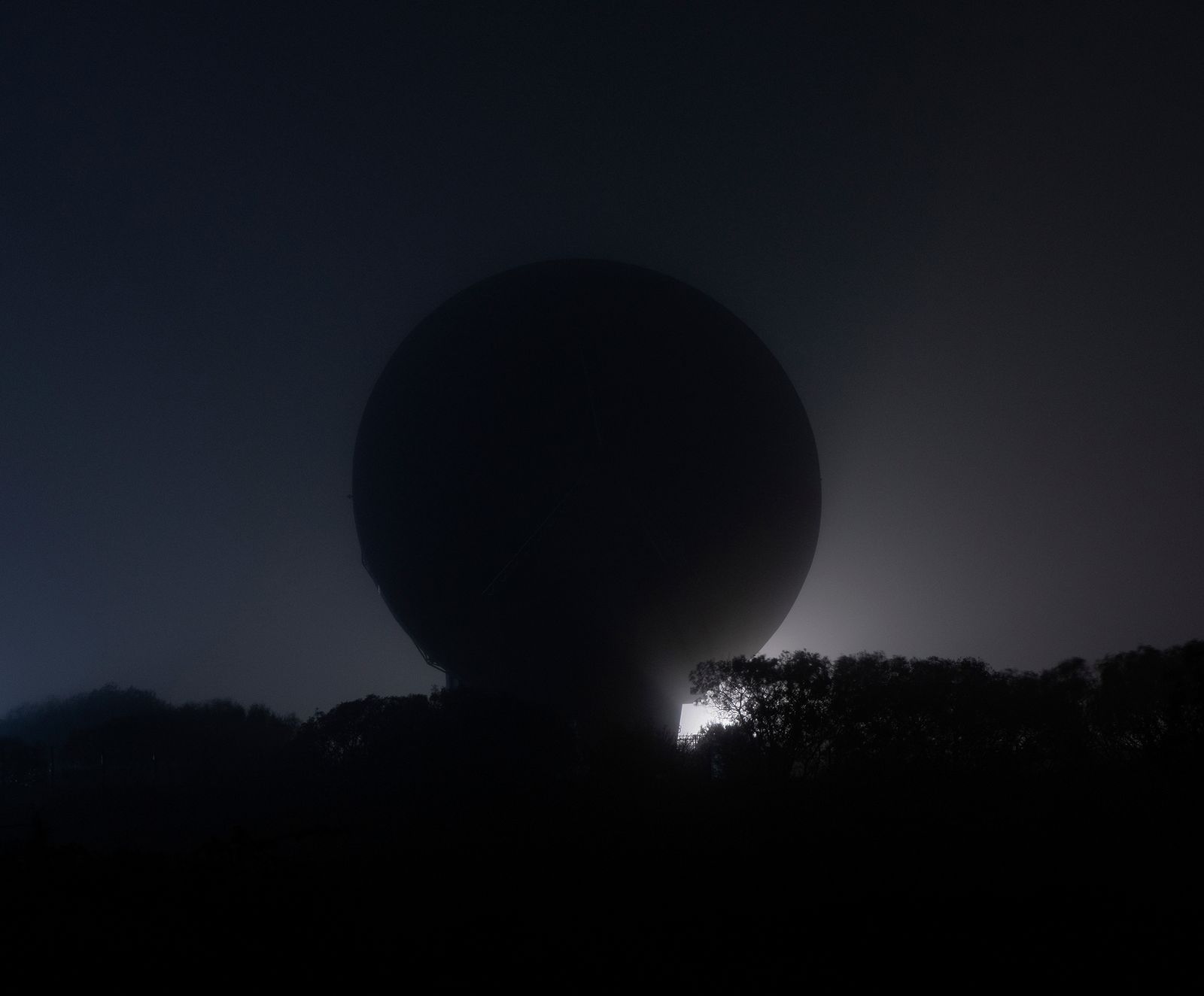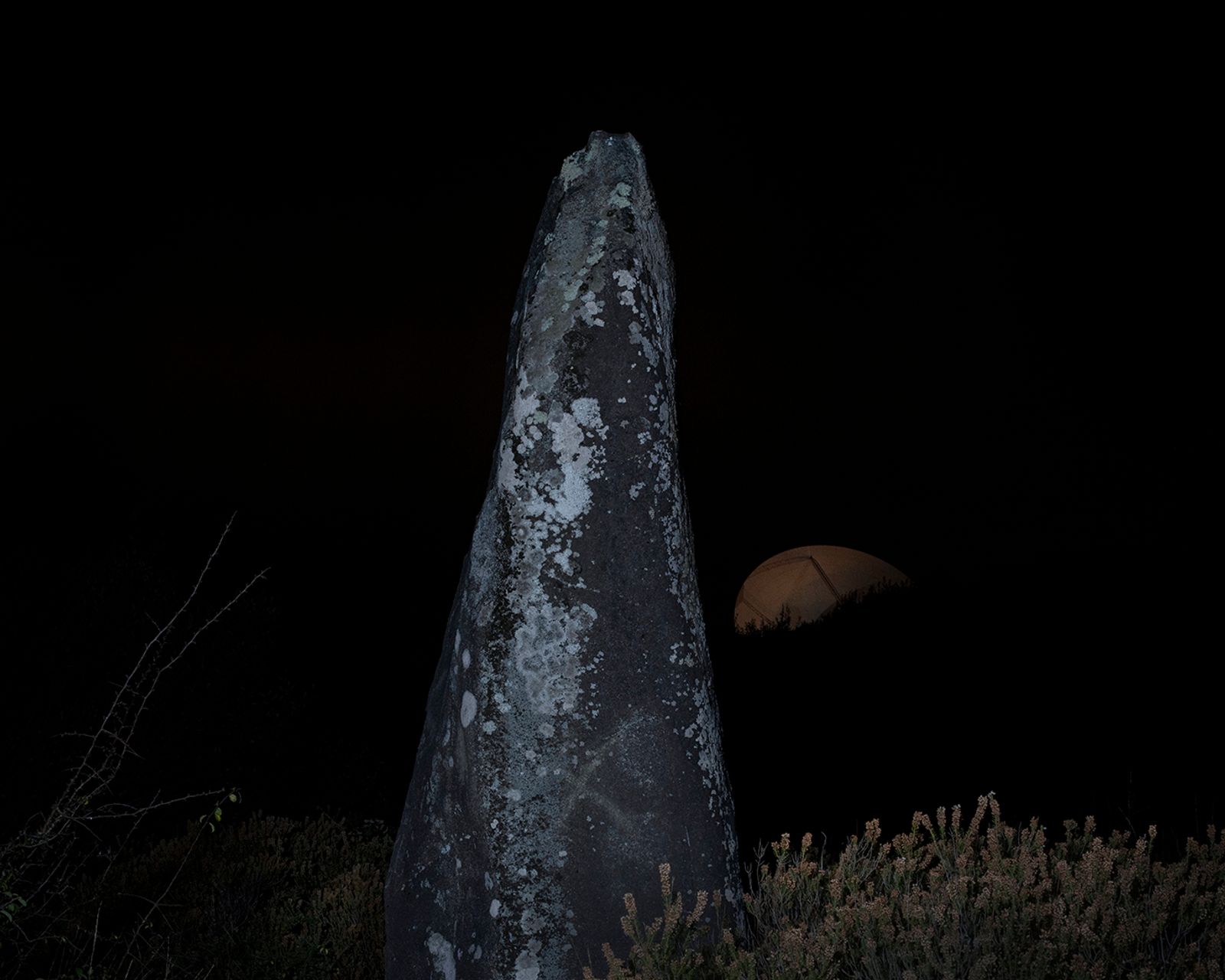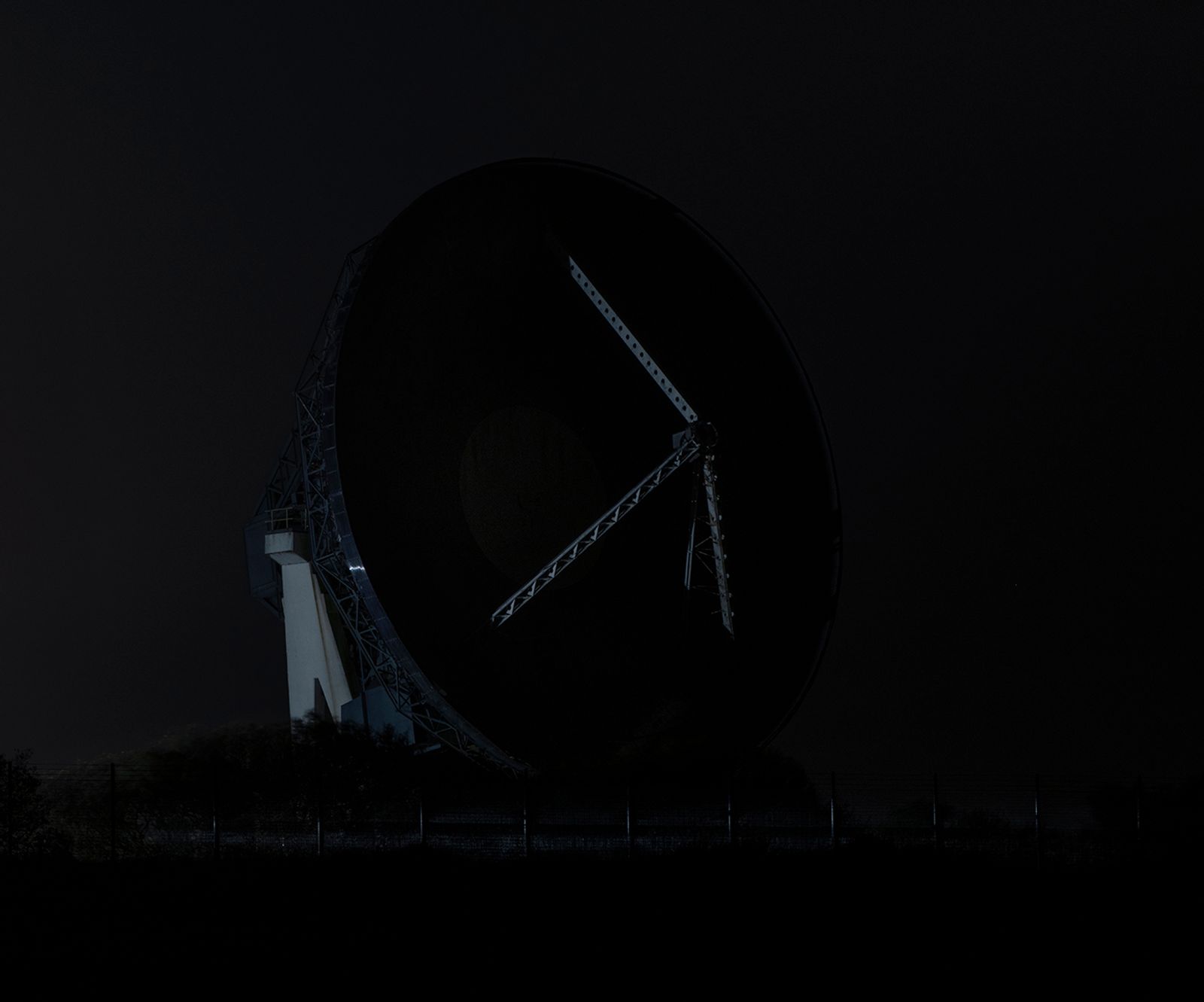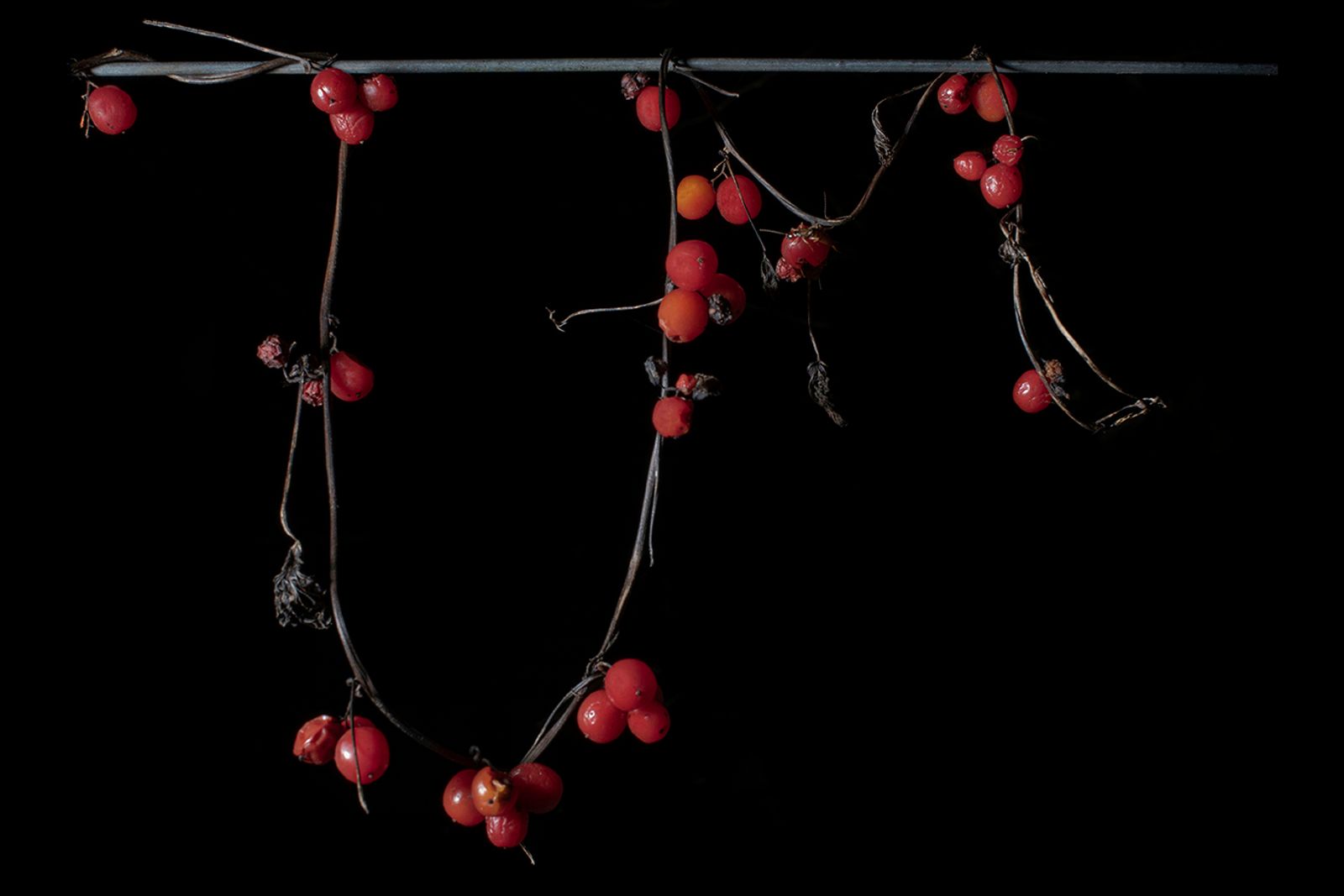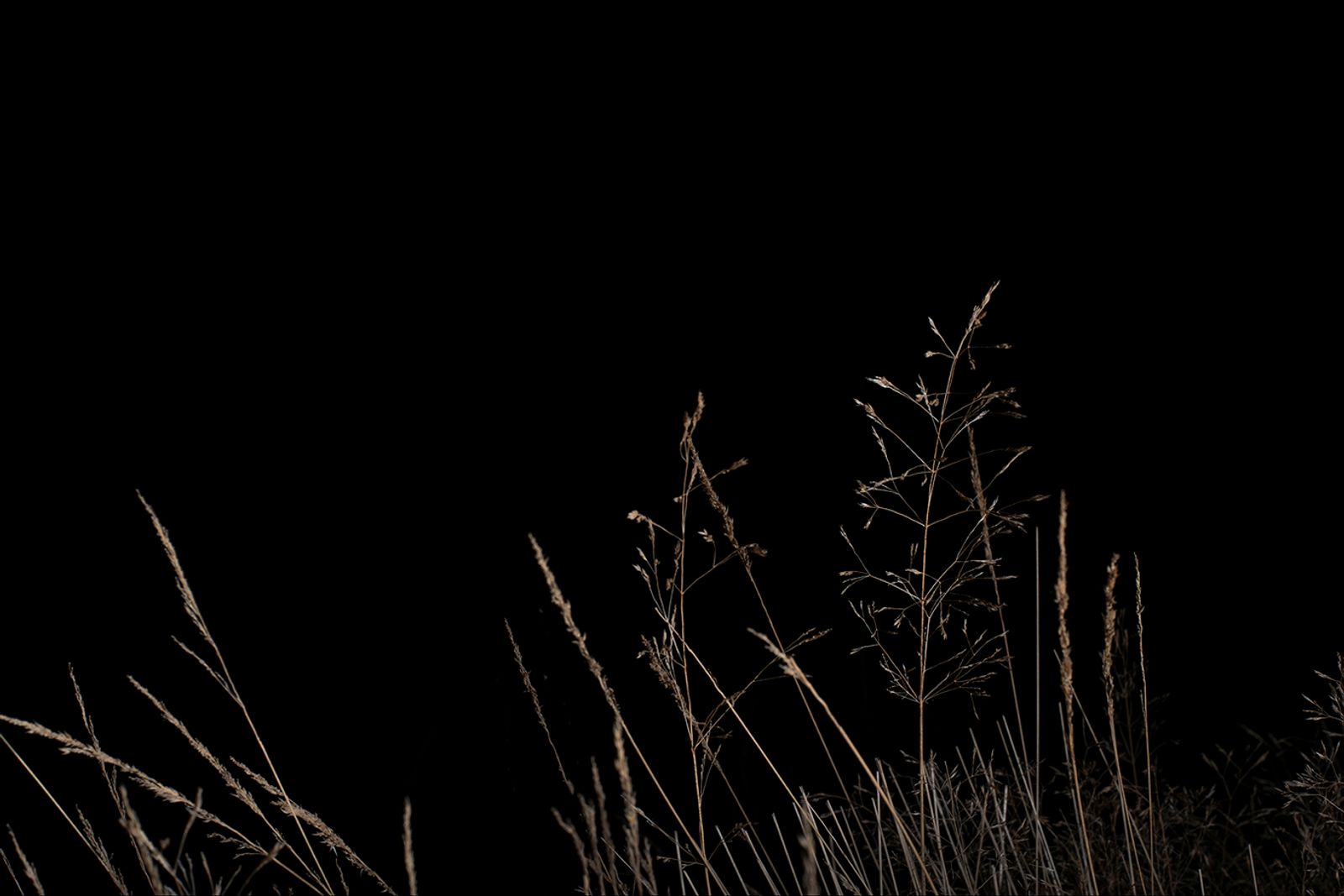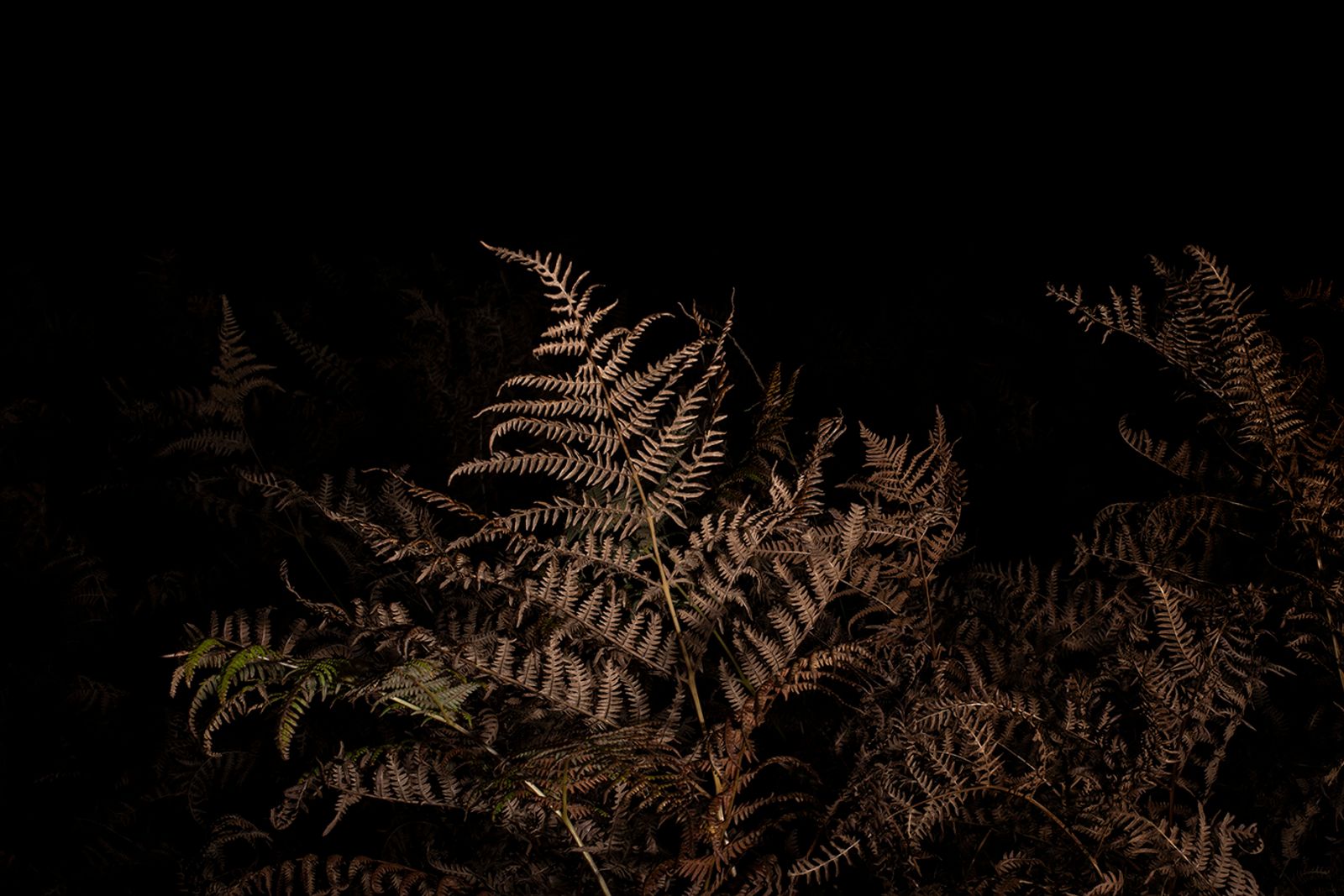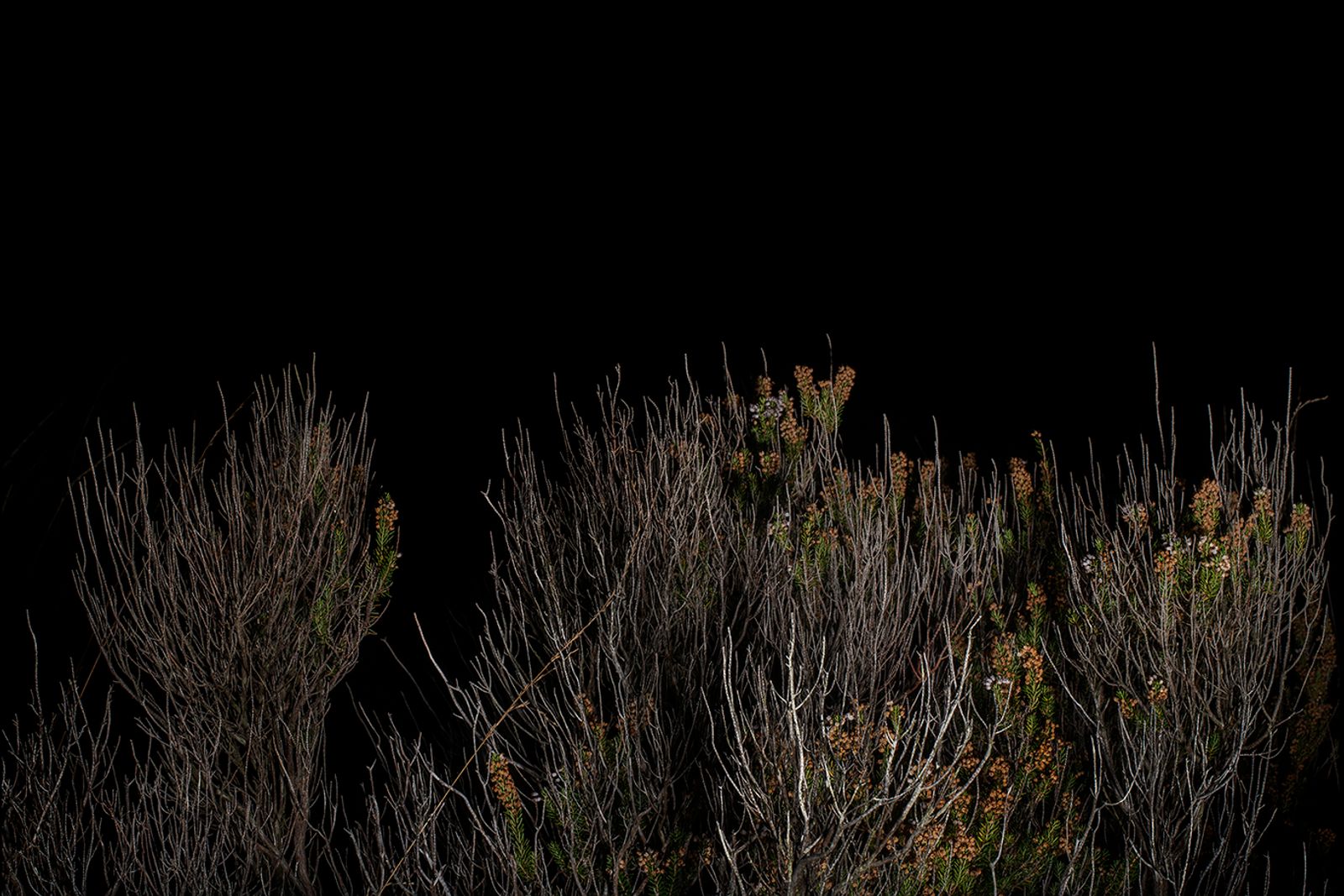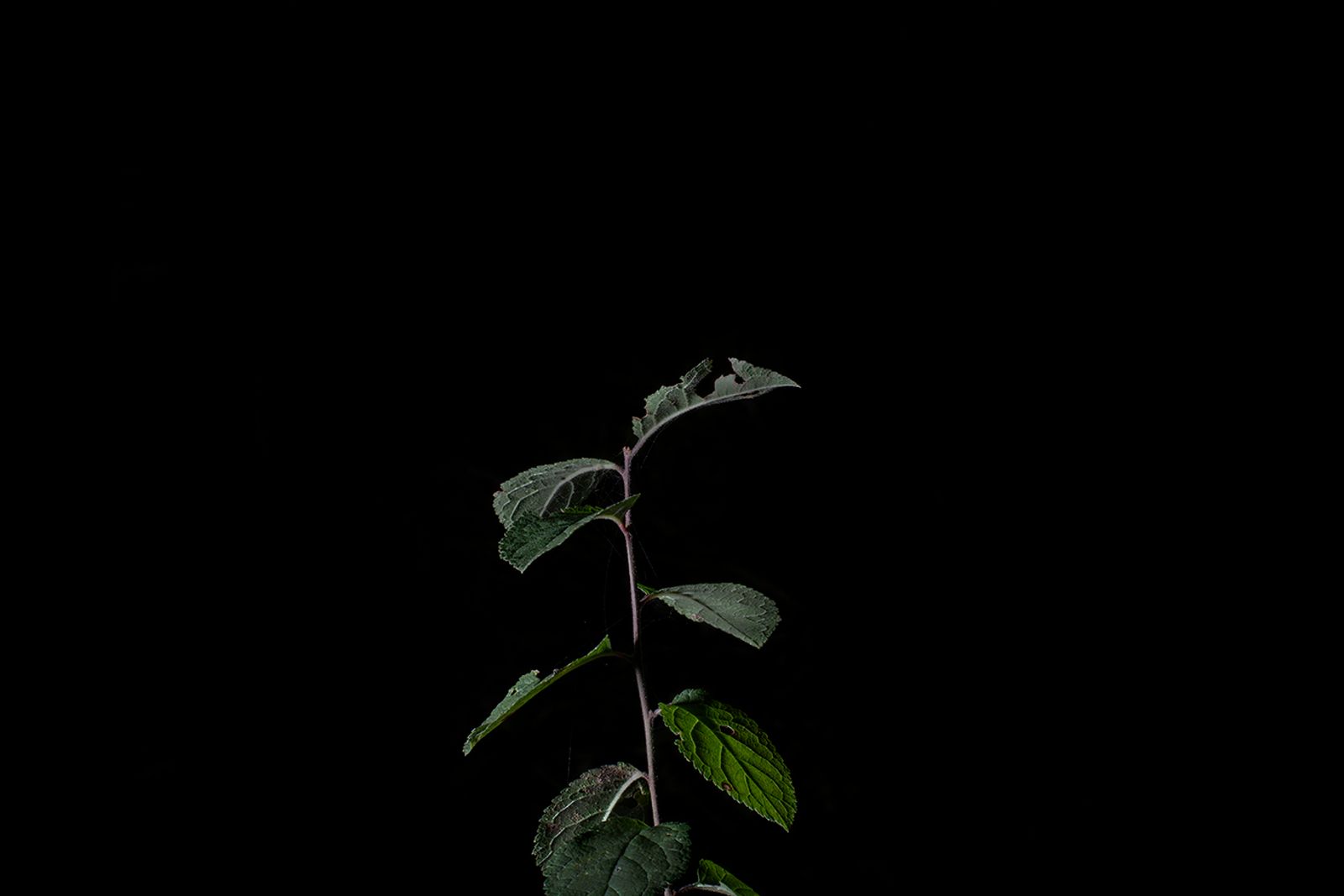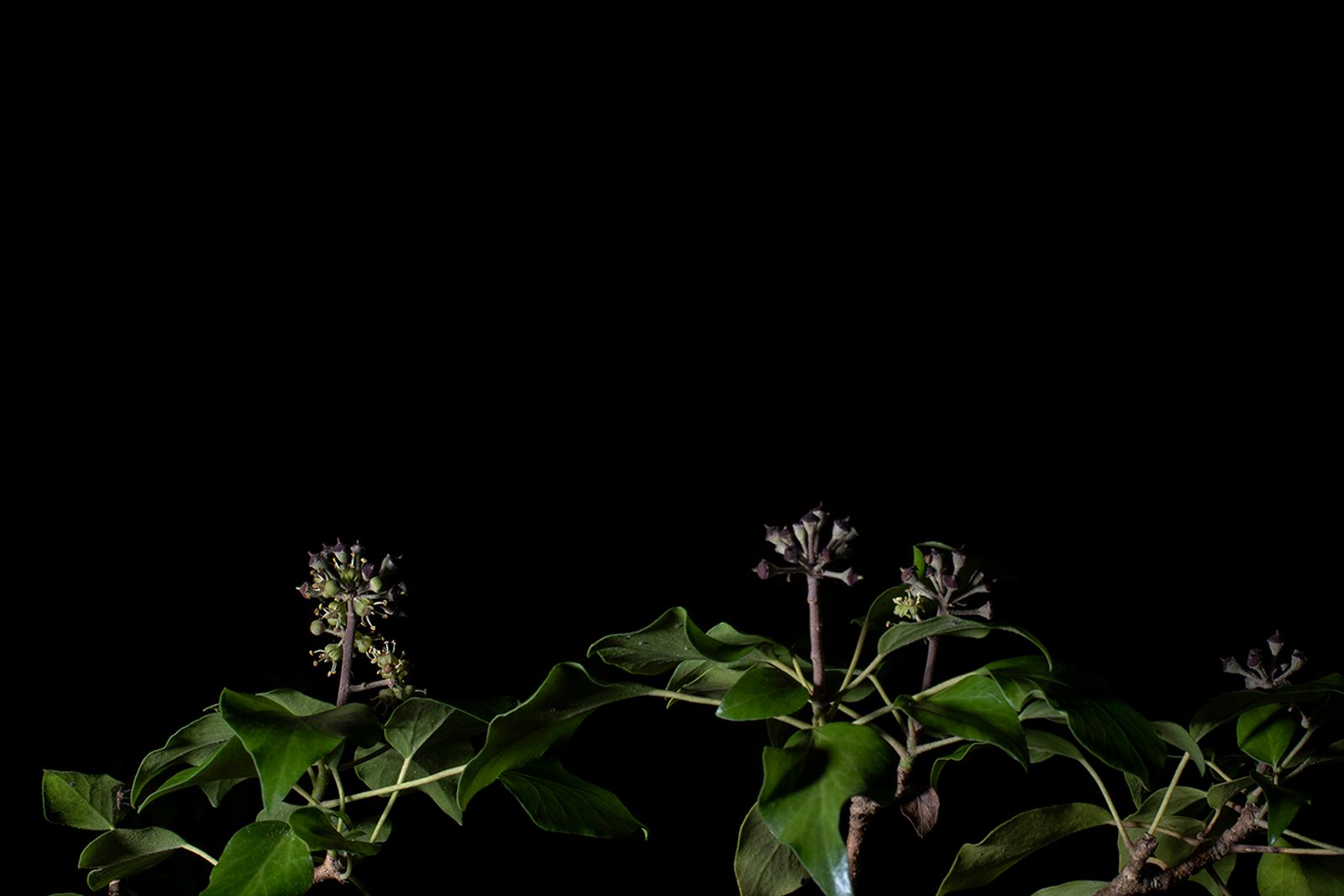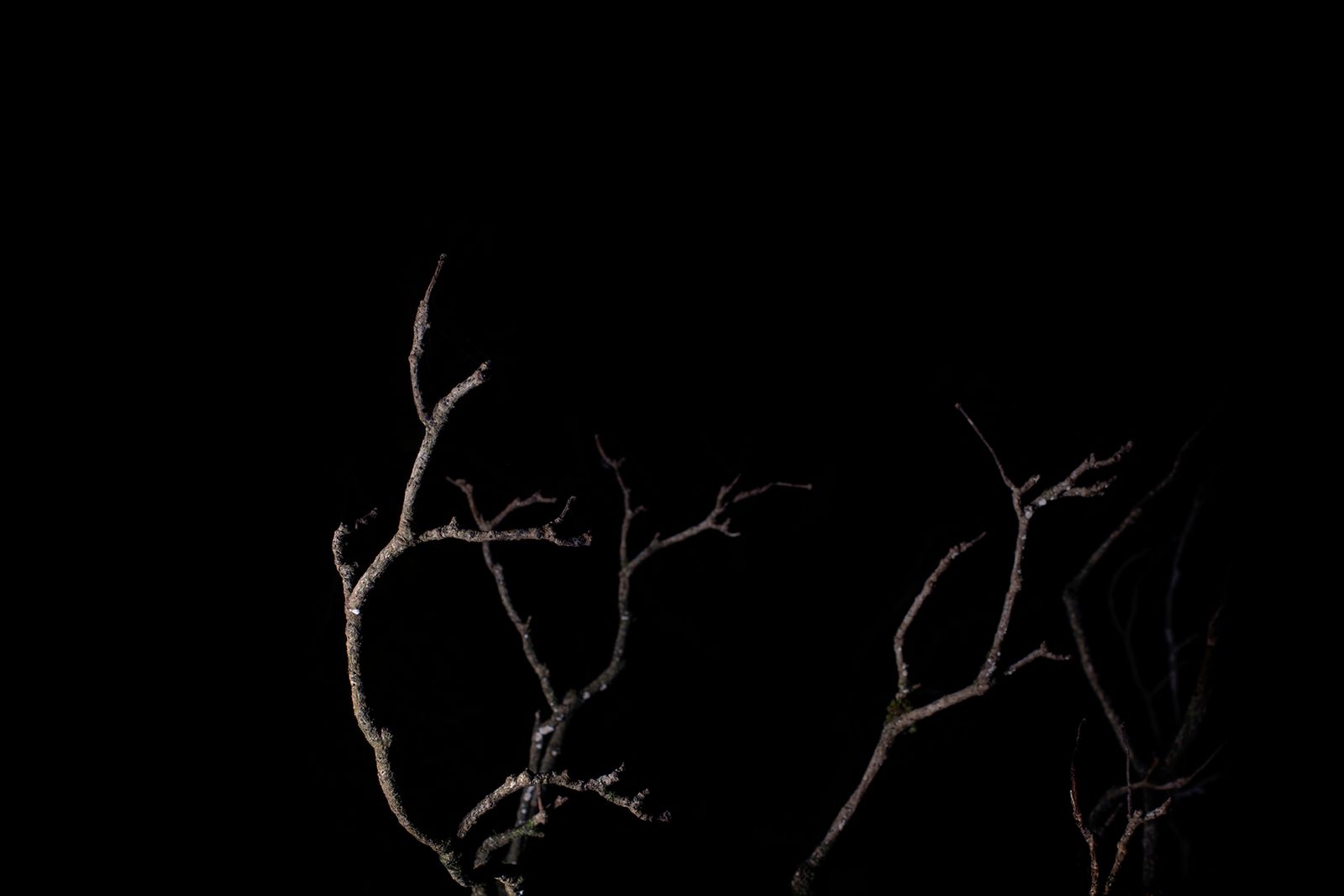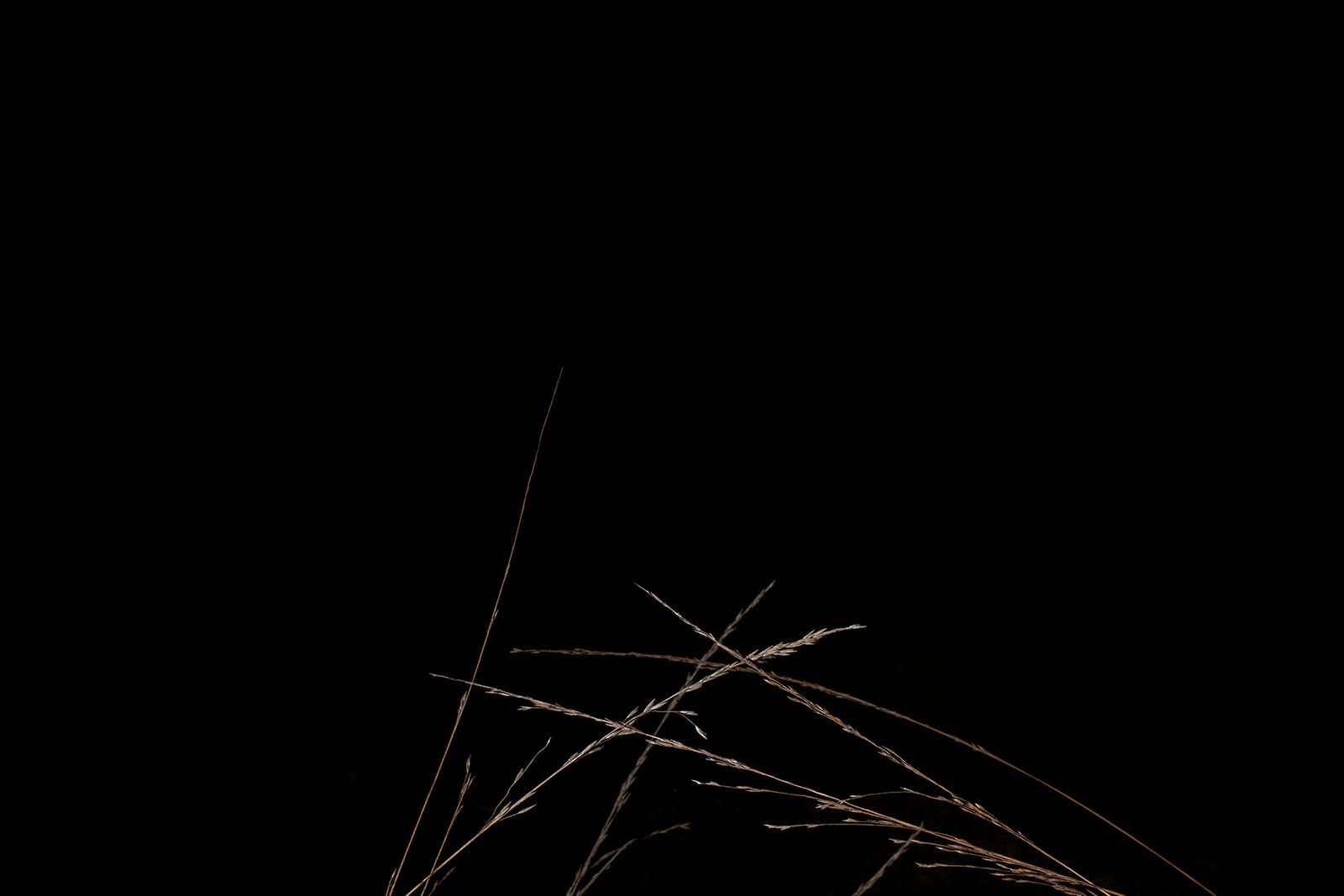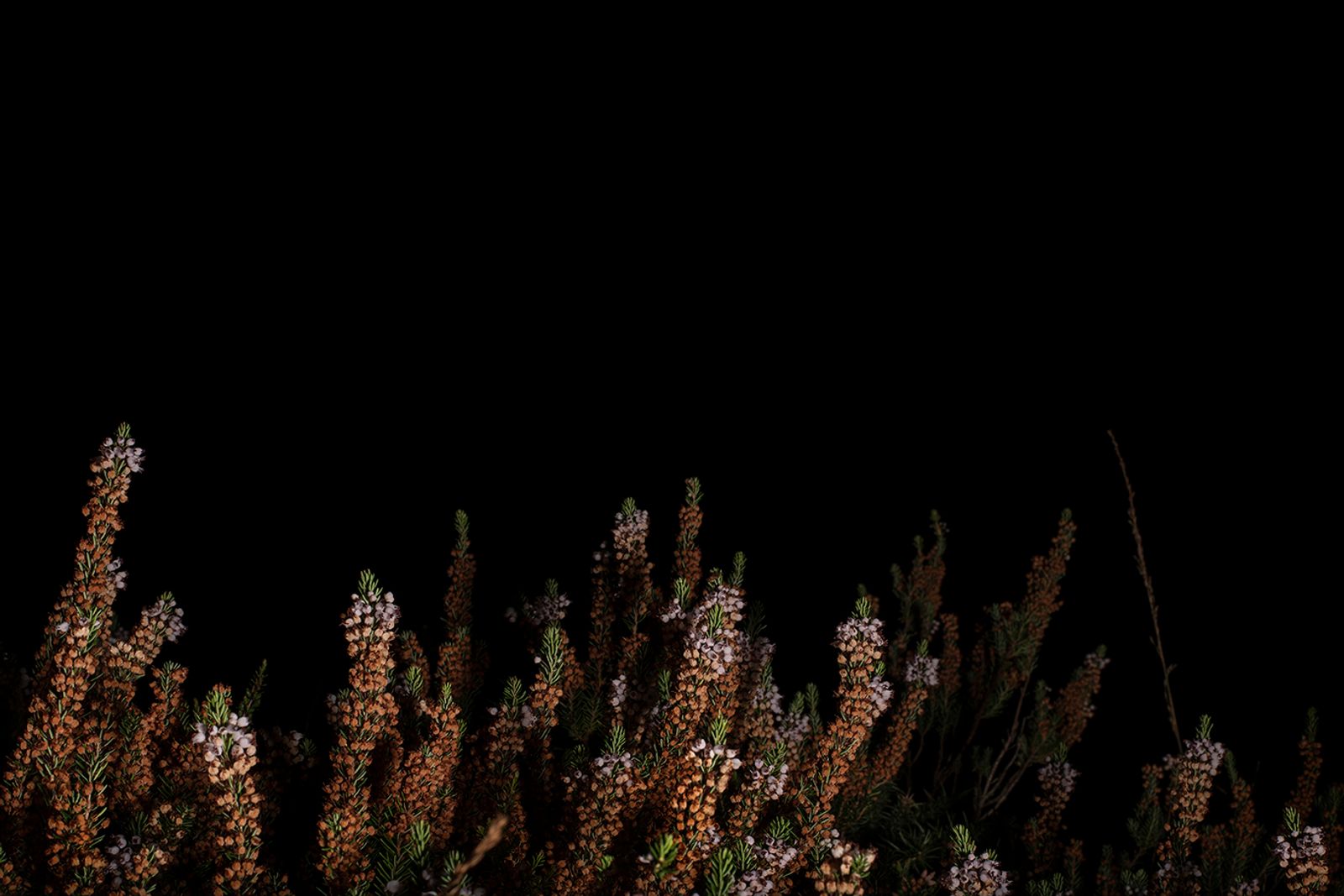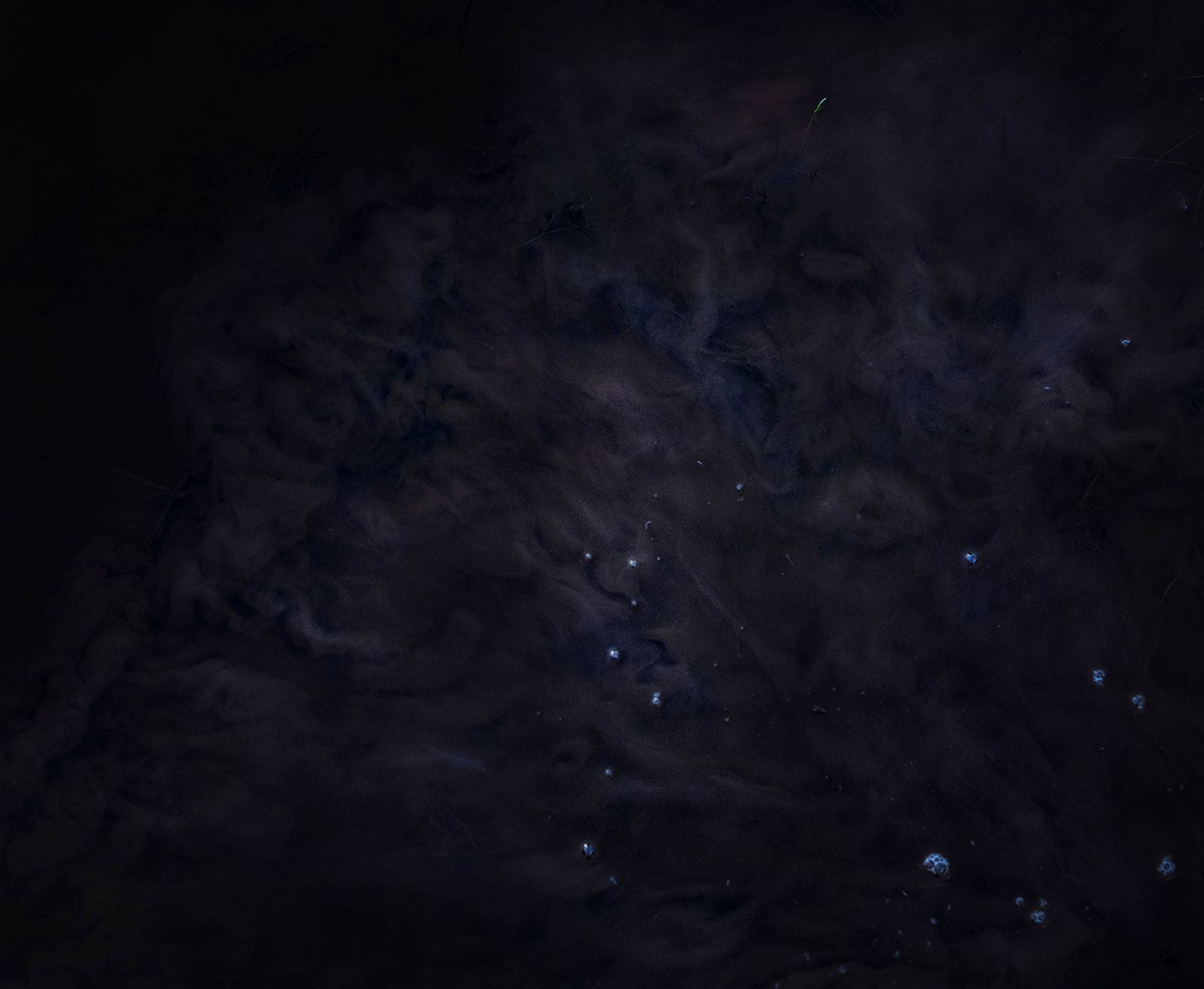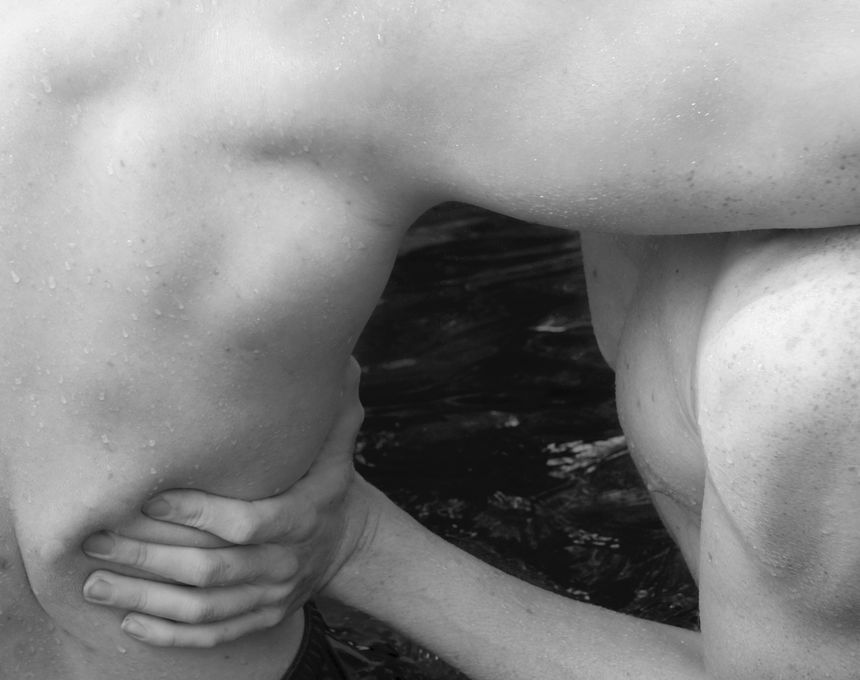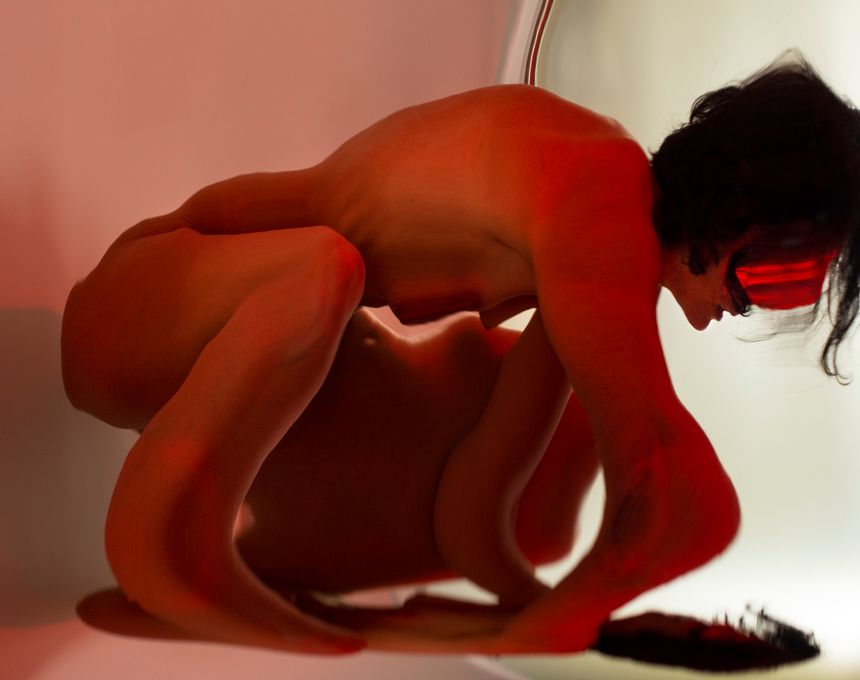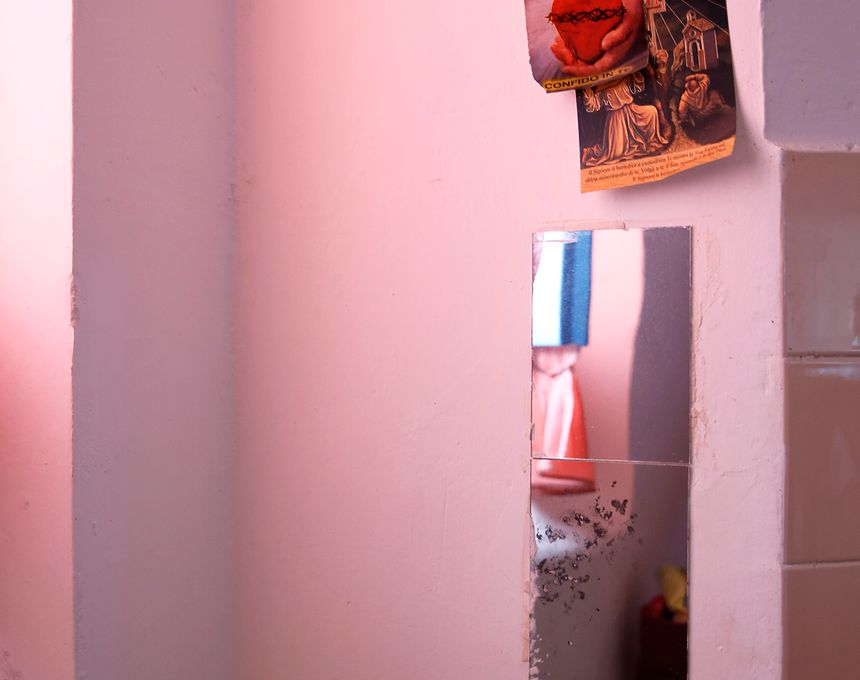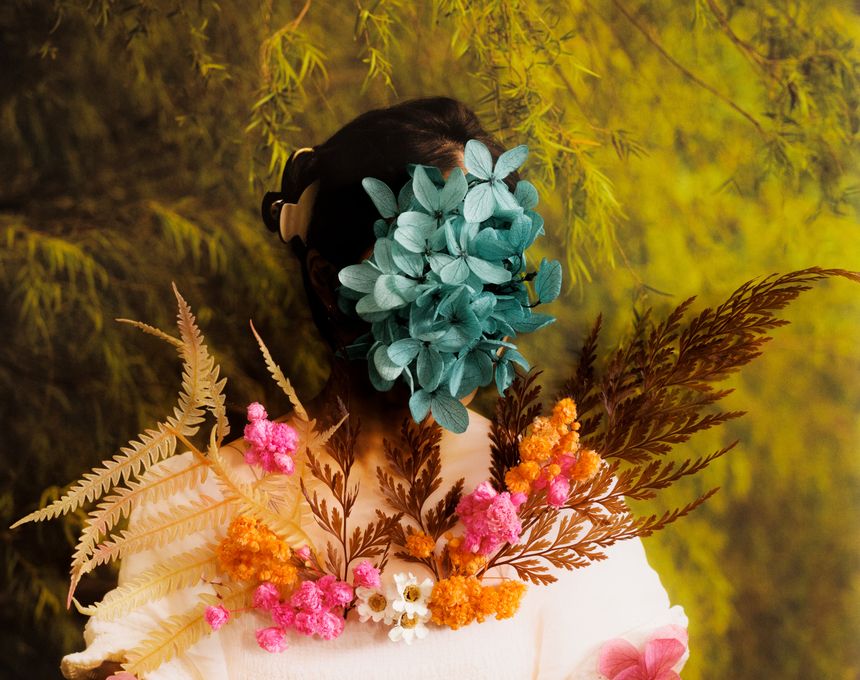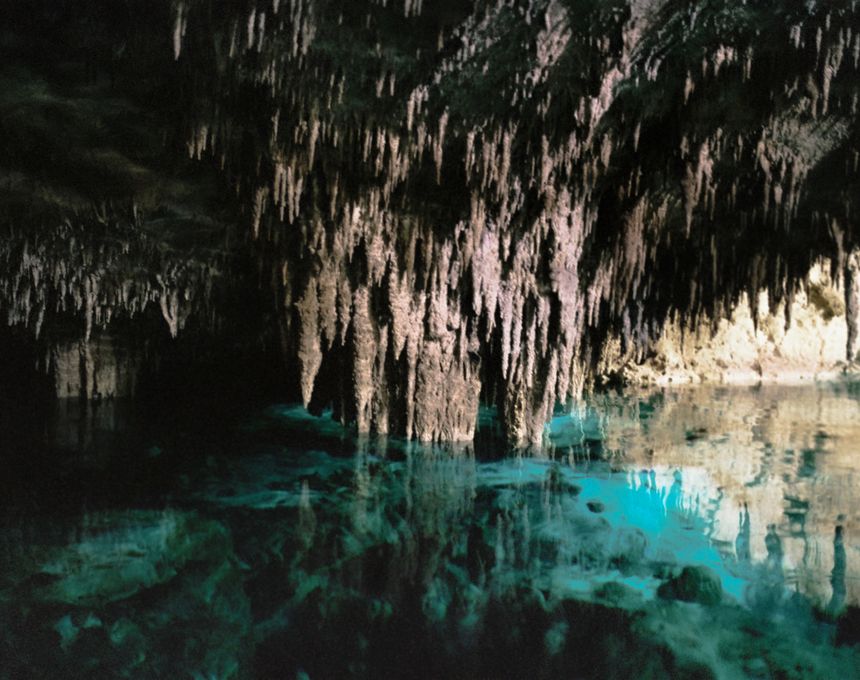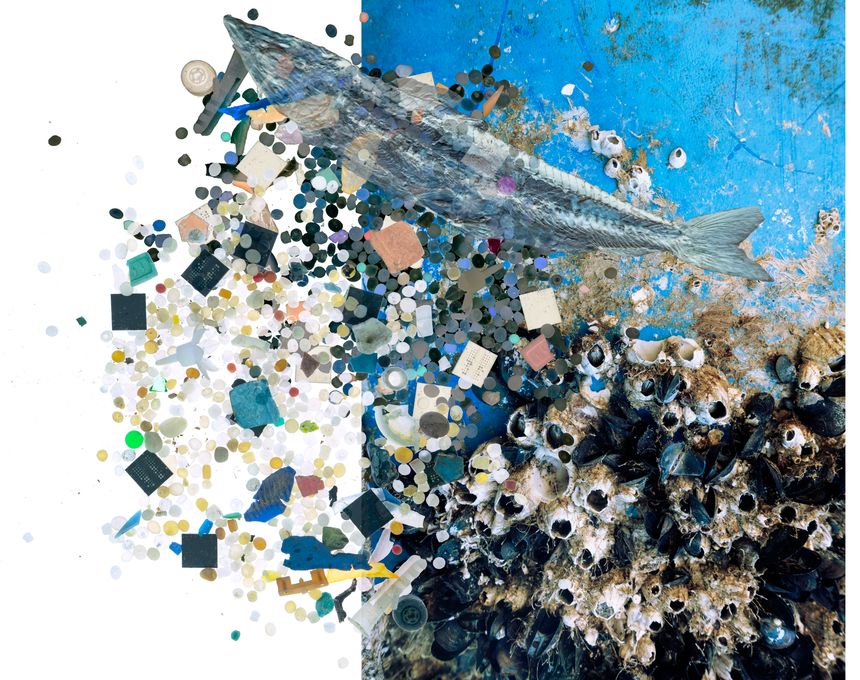L1
-
Dates2021 - Ongoing
-
Author
This body of work uses nocturnal field studies conducted at the biogenetic site* Goonhilly downs Earth station Cornwall UK as my research methodology. I explore notions of the non-human through an investigation of the philosophy of plant life and satellite communication. My inquires relate to plant life on earth and lifeforms elsewhere in the universe, exploring how humans and non-humans perceive and navigate this unique site.
Using a posthuman photography methodology I am not asking what things in the world look like, but what it means to live in the world of interconnected and networked entities, that create new existences, and acknowledge non-human ways of viewing the world.
The field studies combine critical plant studies and knowledge of scientific spaces, to provide new readings of post-industrial sites designed for research. Through experimental practice, which prioritises photographic research methods but which also considers multi-sensory technological methods of observation, including VHF and radio waves that echo the satellite communication network mapping, I highlight the intersections of art, science, and nature.
Central to my research is a consideration of the visible and invisible. This is explored through the relationship between public and private sites used for scientific research and photography as a technological apparatus.
This is an ongoing body of work, I will continue to investigate the further fourteen earth stations in the united kingdom using nocturnal field studies.
*nature reserves established for scientific research.
